Skin Conditions
For more information on the different foot treatment available for skin conditions, please use the toggle switches below:
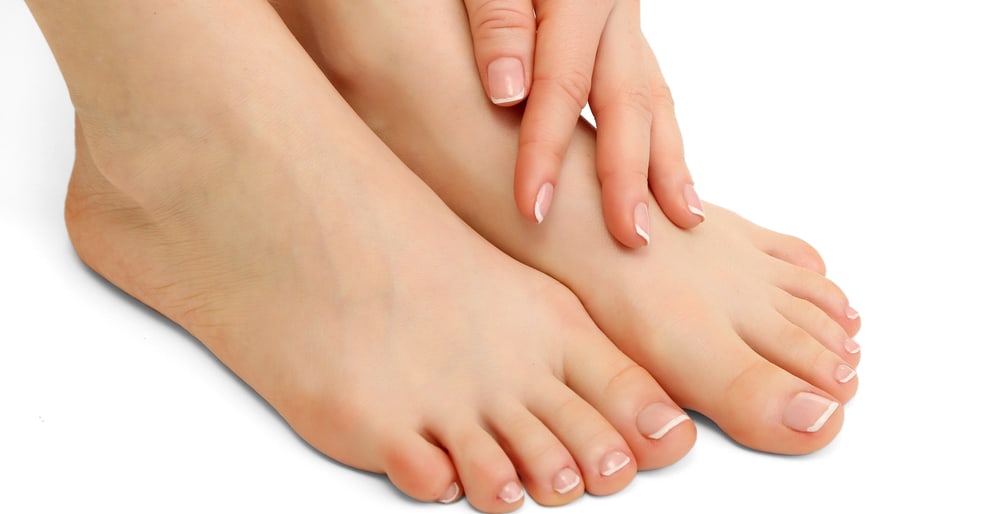
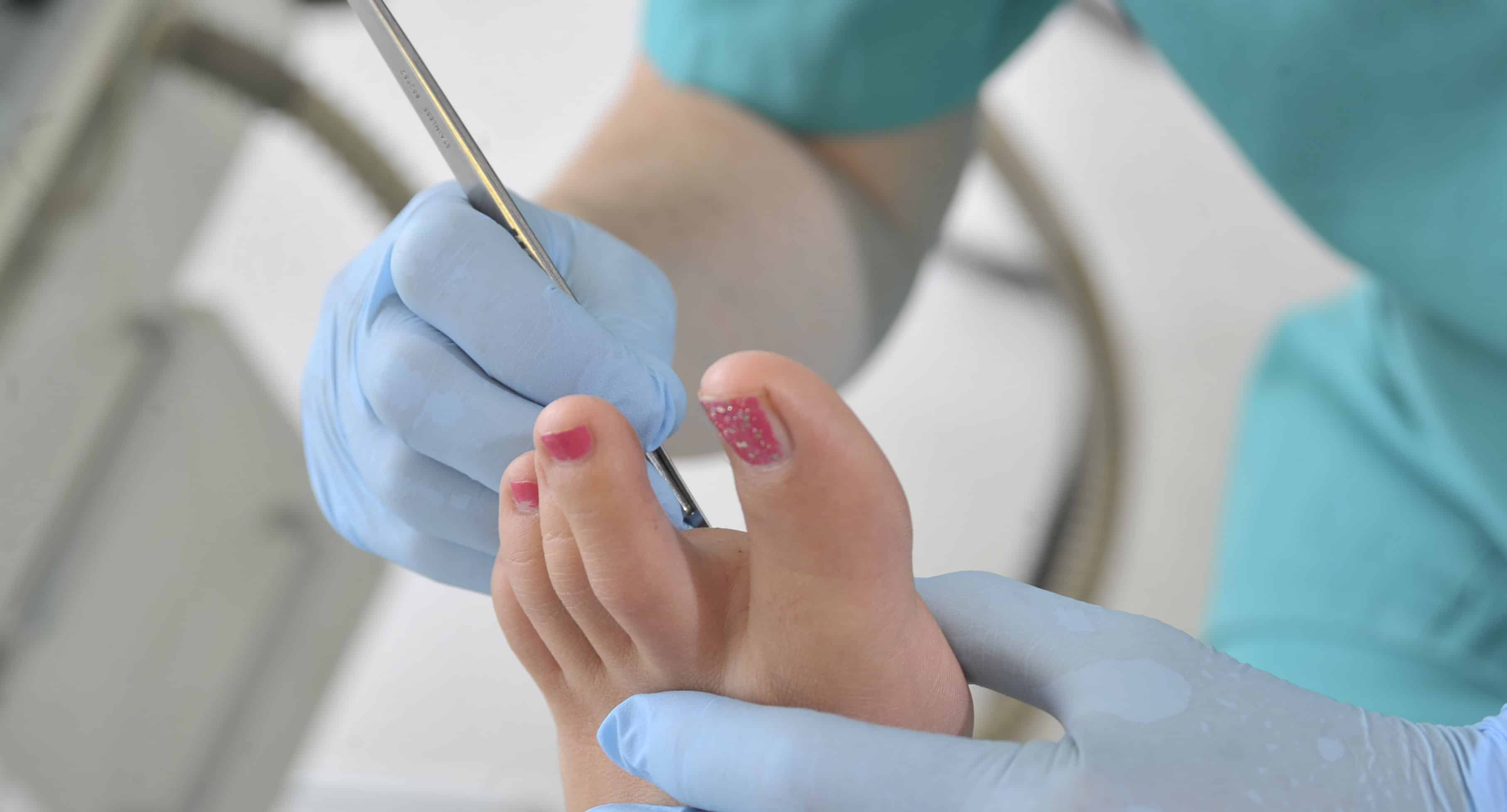
A corn is a small concentrated area of hard skin usually conical in shape which presses on the underlying nerve endings and can cause severe pain.
Caused by pressure from your shoes or the ground surface, they can be found anywhere on the foot particularly where the joints are prominent such as hammer toes.
The shape of the foot may increase pressure along with various activities or occupations that require long hours of standing , inappropriate footwear and poor foot function.
Over the counter remedies, usually in the form of corn plasters, come in two varieties:-
- Foam rings which try to reduce the pressure on the corn.
- Medicated corn plasters which often contain an acid which aims to soften and dissolve the corn. There is a risk with this type that the liquid may dissolve healthy skin if not applied precisely. This may not only be painful but in the case of diabetics and those with poor circulation, very dangerous.
It is very important not to leave corns unchecked if they are neglected they may become inflamed and in severe cases ulcerated.
A Podiatrist can remove corns using a scalpel which is a painless procedure.
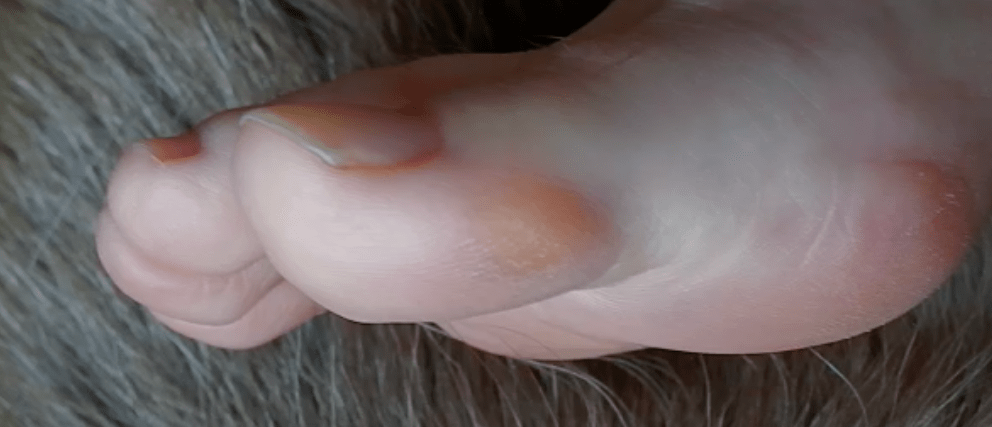
A callus is a larger area of hard skin but has no central nucleus like a corn. If calluses become too thick they often produce an unpleasant burning sensation particularly if on the ball or heels of the feet.
Caused by pressure and friction which may be aggravated from ill fitting footwear, foot shape, occupation and biomechanical problems within the feet.
Treatment is painless removal of excessive callus using a scalpel and providing instant relief.
Other methods may involve using appropriate padding insoles or orthotics. Your Podiatrist will advise on the best options for you.
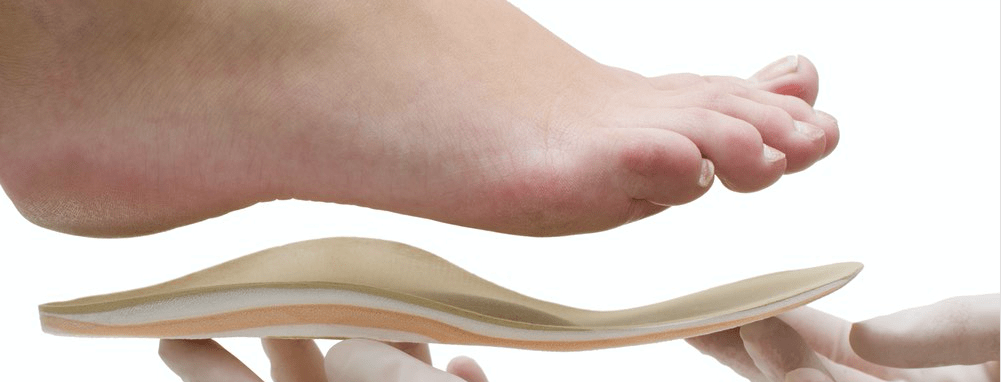
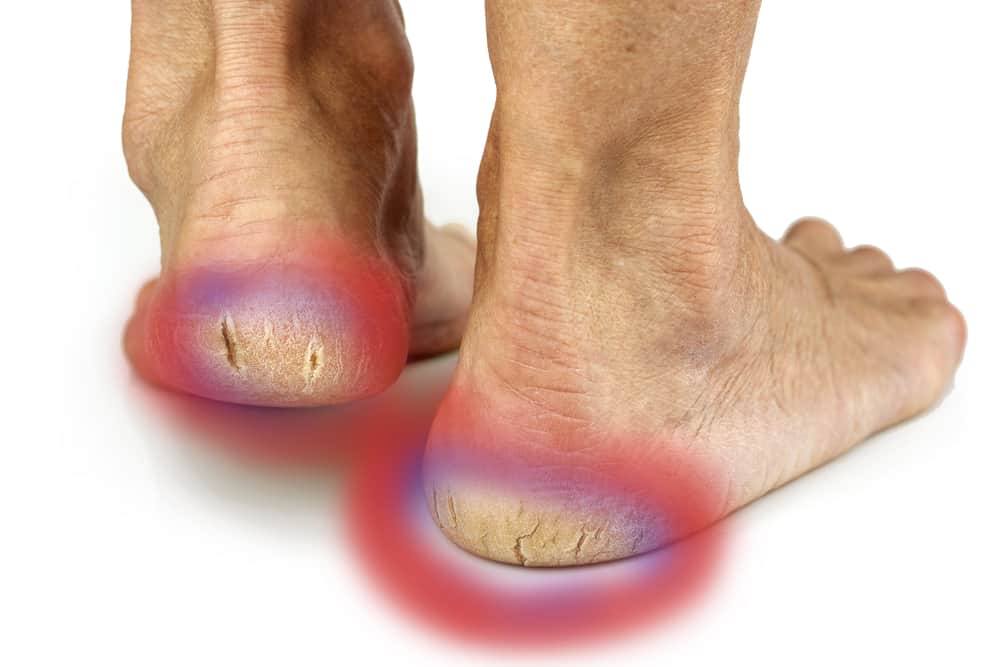
Cracked heels or heel fissures are caused by excessively dry skin. The drier the skin becomes the less elasticity it has causing it to tear into an open wound. It is often described as walking on glass. Most heel fissures are only superficial because the upper layer of the skin known as the epidermis is involved. In severe cases it will affect the next layer of skin or the dermis and this is when fissures become deep and painful.
Skin fissures may appear anywhere on the body but the most common area is around the rim of the heel or other parts of the feet that are exposed to the elements and prone to developing callus.
Working in very wet and damp conditions can also make the skin water logged and this can also cause fissures.
Cracked heels are not harmful unless they become painful or infected.
Fissures are a common foot complaint and can affect a person at any age.
Causes:-
Naturally dry skin i.e hereditary tendency.
Heavy callus
Inflammatory skin conditions like eczema and psoriasis
Low grade fungal infection.
Diabetes and hypothyroidism (under active thyroid).
Exacerbated by:-
Prolonged standing on hard surfaces.
Weight gain
Open foot wear, sandals or flip flops
Climate or environment
Self help for cracked heels :-
Dry cracked heels
Soaking feet in warm water regularly. Dry skin thoroughly and use abrasive foot file to debride rough skin. Then apply a urea based foot balm. This will help to retain some of the moisture after bathing. Foot balms are best applied once or twice daily. Some people find that scraping the hard skin off when the skin is dry is more effective than doing it after a soak. If feet have a low grade fungal infection a broad spectrum anti fungal cream will help.
Wet cracked heels
Expose feet to open air as much as possible. Apply an astringent such as surgical spirit as it helps to dry skin. Wear foot wear and socks made with natural materials if able to.

Athletes Foot or Tinea Pedis is a name given to a fungal infection of the feet, caused by fungi growing and multiplying on the skin. It occurs primarily between the toes, but can be anywhere on the foot, and can affect anyone, not just athletes. If left untreated it can spread to other parts of the foot and sometimes spreads to the toe nails, causing Fungal Toenails. It can manifest in a number of different ways depending on the type of fungi that is present on the skin. Athletes Foot between the toes looks white and soggy usually where there is excessive moisture. Sometimes the skin will split and will become itchy and smelly.
Athletes Foot can be extremely uncomfortable, causing the skin surrounding the area to become inflamed and swollen, sometimes containing sticky fluid. People suffering from this condition may also experience a scaly rash on the underside of their foot , causing cracks in the skin.
Other areas of the feet such as the soles may become affected by different types of fungi appearing as blisters or flaky dry skin. Caught in damp environments such as gyms changing rooms and shower floors the fungi that cause the infection thrive in warm, dark and moist places.
Symptoms :-
- Dry, itchy lesions
- Burning, itching or stinging sensation between the toes
- Itching, red, dry, scaly and flaky on the soles
- Blisters on the feet that itch
- Sticky fluid between the toes
- Rash, or cracks on the underside of the foot
- Often people with athletes foot can also develop fungal nail infections
- If left untreated, this condition can become very painful
- Discoloured, thick, crumbly toenails that become detached from nail bed
Causes :-
Anyone can develop this condition, though it is more common in people with sweaty feet, as the fungi thrive in warm, moist environments. Many people can have the fungus present on their feet but are not affected by it however cracks or abrasions allow fungus to enter the skin, consequently symptoms then develop.
Athletes foot can be spread around your body, if you scratch your feet it can spread to your hands. It is also contagious and can easily spread to other people by touching infected skin or coming into contact with contaminated surfaces or objects. You are more prone if you have a weakened immune system or health conditions such as diabetes. Athletes foot can also cause the skin to split between the toes leading to a bacterial infection and in severe cases cellulitis, which causes the foot to become red, hot and swollen.
Prevention :-
- Keep your feet clean and dry, particularly the between your toes
- Wearing cotton socks and roomy shoes made of natural materials
- Change your socks and stockings every day
- Alternate your footwear to allow them to dry out
- Do not walk barefoot in public areas
- Do not share towels, socks, shoes
- Applying surgical spirit between toes to stop them getting sweaty
- It is important not to use moisturiser between your toes, as this can help fungi multiply
Treatments :-
Athlete’s foot is unlikely to get better on its own. It can usually be treated using anti-fungal treatments from pharmacies. Treatment should aim to control moisture and perspiration whilst also treating the infection with the appropriate drugs and topical remedies.
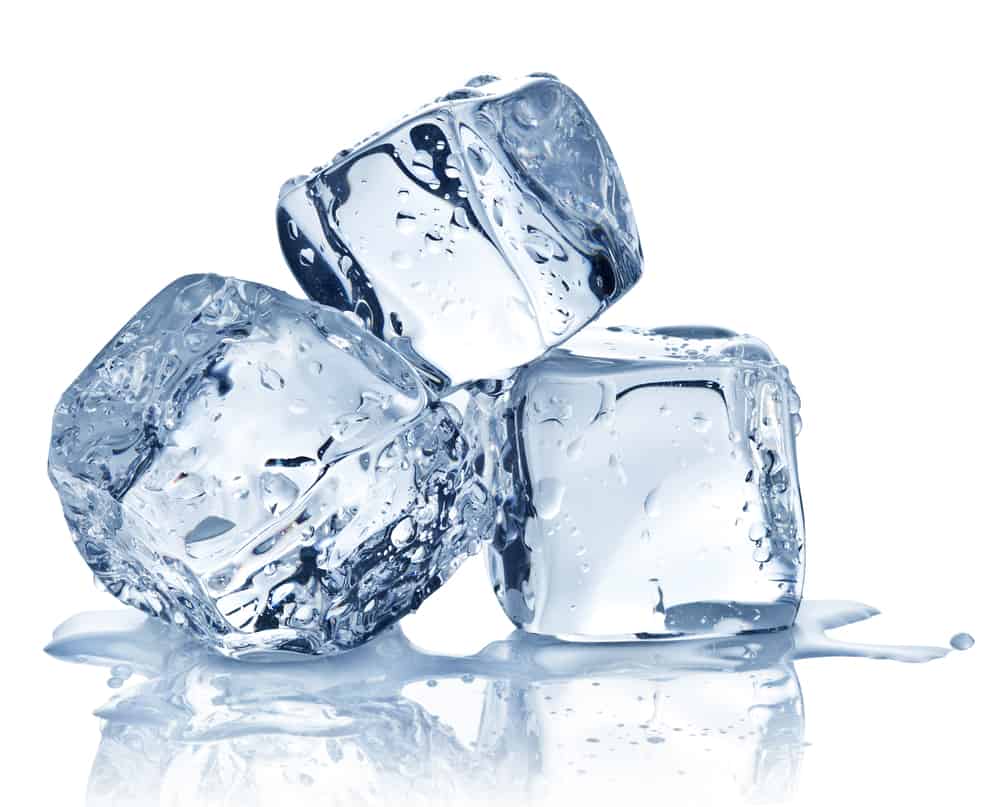
Chilblains are a seasonal vasospastic condition and are small, itchy swellings on the skin that occur as a reaction to cold temperatures. They most often affect the body’s extremities, such as the toes, fingers, heels, ears and nose.
Often appearing as small sore inflamed itchy red patches on the feet and hands, are frequently mistaken for blisters. They occur more frequently in the winter months because of our cold and damp climate. The peripheral arterioles temporarily constrict restricting blood flow into various parts of the tissues of the skin creating sore areas.
Abrupt changes in temperature often aggravate chilblains and they tend to appear after cold feet have warmed rapidly after coming in from the cold.
Chilblains respond well to a course of low level laser treatment which speeds up the healing considerably by increasing blood flow to the affected areas of the skin. Keeping the core body temperature as warm as possible when out in the cold months and not getting the feet wet will lower the risk of developing chilblains. Socks made of natural fibres like wool and footwear with waterproof and insulated thick soles will help.
Chilblains can be uncomfortable but rarely cause any permanent damage however some chilblains can ulcerate and are prone to infection. Keeping the skin moisturised will help to prevent the areas from cracking.
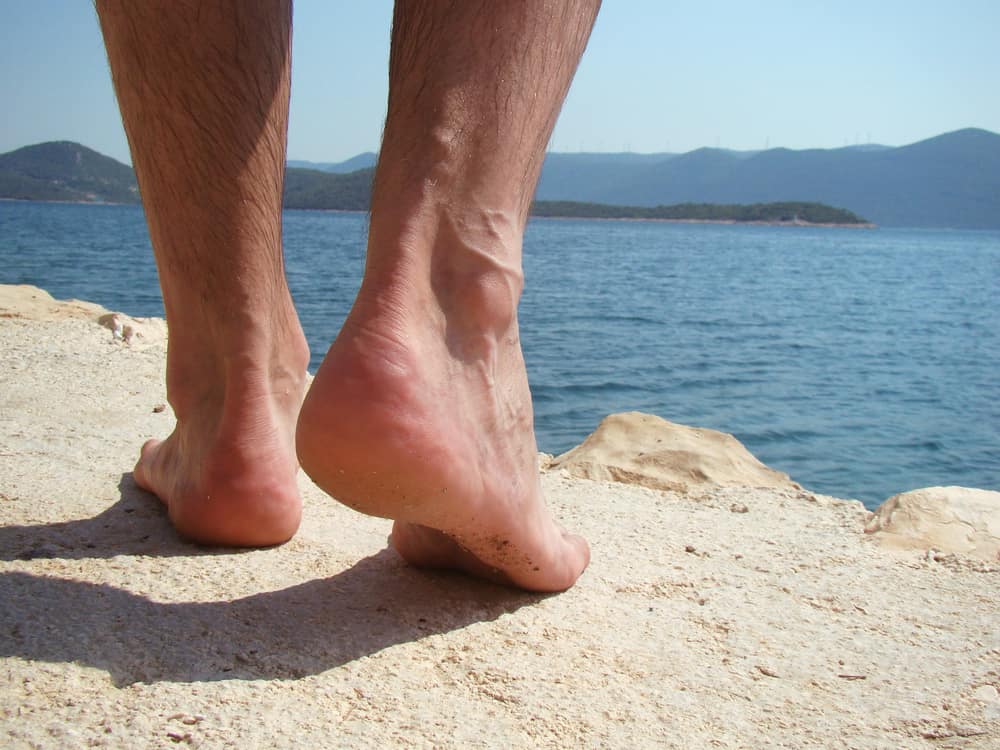
Anihidrosis is the term used to describe dry skin on the feet. It is important to distinguish ordinary callus from anihidrosis. Calluses generally develop on weight bearing areas or prominent joints on the feet and are caused by pressure and friction. The skin is often thicker and different in texture.
Anihidrosis usually appears on other parts of the foot and body and is thin dry and flaky in comparison. In some cases calluses may coexist with anihidrosis and this tends to affect areas such as the heels where the build up of callus causes them to develop fissures which may split bleed and become painful.
Anihidrosis may also be caused by other problems such as athletes foot, eczema, psoriasis, poor circulation, diabetes, poor nutrition and in some cases can be hereditary. A Podiatrist can advise on the best course of action to relieve the symptoms.
Hyperhidrosis is a term used to describe excessive perspiration of the skin on the feet. It is a common complaint that often causes embarrassment as it is sometimes accompanied by odour, but not always.
There are many reasons why the sweat glands in the skin manufacture excessive moisture such as hormonal changes (particularly in teenagers), certain types of footwear, working environments, occupation, stress and anxiety.
A Podiatrist will diagnose the cause and establish an appropriate treatment regime.
Bromidrosis is the term used to describe foot odour and sometimes coexists with hyperhidrosis (sweaty feet).
The smell is caused by the production of bacteria on the skin due to excessive moisture or fungal infection which is often aggravated by sweaty feet.
Treating the underlying causes is essential. Your Podiatrist will offer advice on the best course of action to relieve the symptoms.
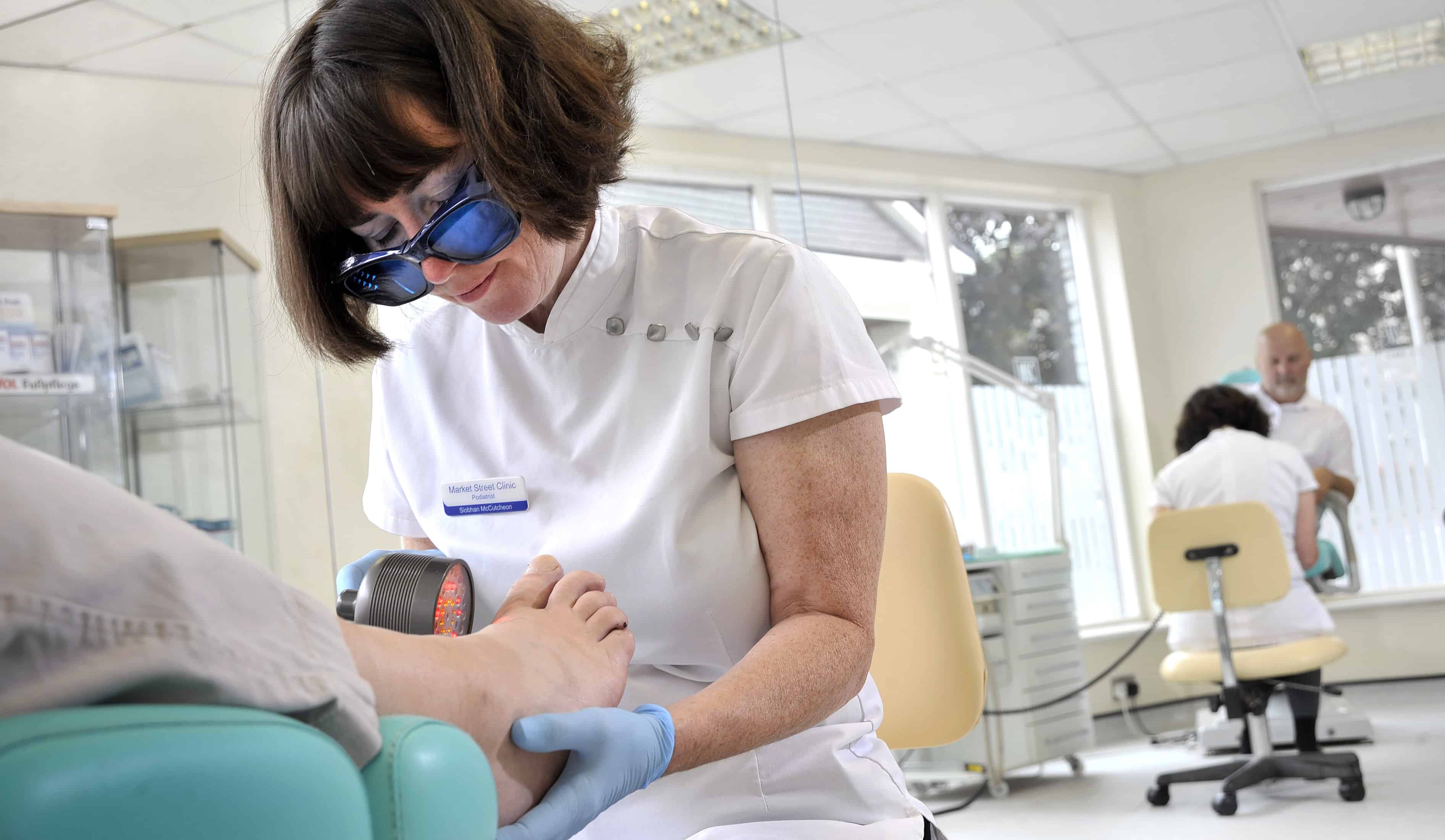
An ulcer is a breach or open wound in the skin that may be intensely painful and difficult to heal depending upon the underlying reasons that caused it.
There are several different types of ulcers each with different causes.
Pressure ulcers
One of the most common ulcers treated in this clinic are pressure ulcers which are caused by neglecting corns and calluses. If the skin becomes too thick the build up increases the trauma and pressure causing the underlying tissue to break down into an open sore.
This problem is commonly associated with the elderly particularly if they have been using medicated corn plasters.
Arterial ulcers
Ulcers are also caused by peripheral arterial disease (narrowing of the arteries) because there are insufficient quantities of blood to supply the tissues with nourishment. This means that wounds fail to heal and ulcers developing on the feet become frequent.
Venous ulcers
Varicose veins cause ulcers usually around the inside of ankles, poor venous return causes oedema of the tissues varicose eczema and irritation which causes open wounds.
Neuropathic ulcers
Neuropathic ulcers are caused mainly by diabetes because the loss of sensation allows calluses to become thick leading to abnormally high pressure on the affected tissues causing areas of skin to break down.
Diagnosis is normally from clinical examination sometimes patients may need referrals to a vascular specialist.
Once an ulcer has healed regular podiatric treatments to monitor and control pressure sites may be necessary to prevent problems occurring in the future.
All ulcers respond well to a course of Low Level Laser Treatment.
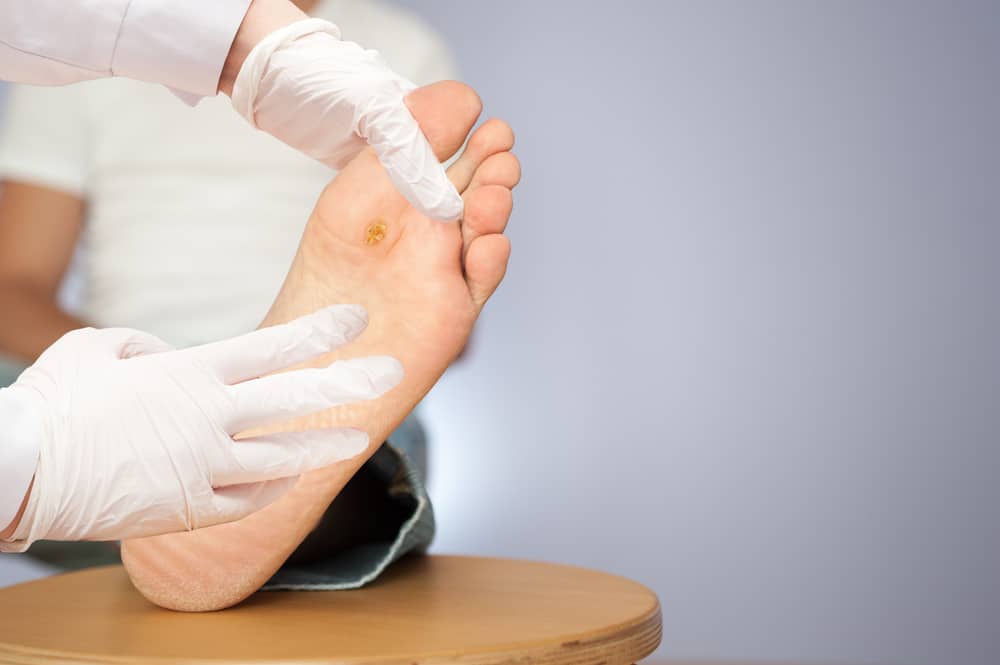
Verruca Pedis are caused by the Human Papilloma Virus HPV and are probably the most common condition we treat.
Highly contagious and stubborn they are not easy to deal with and flourish in damp conditions such as swimming pools, showers and bathrooms. It is sensible to treat verrucae as early as possible. Unfortunately, the old-fashioned advice ‘to leave them alone unless they hurt’ merely provides them with the chance of spreading, causing more pain, embarrassment and costs.
They may appear as rough areas of skin and fibrous in texture with a well defined border, some types have black spots inside them. Verrucae may be singular or multiple and some are very painful when they appear on weight bearing areas such as the heel or ball of the foot.
Occasionally verrucae may be very persistent and require regular treatment over a long period of time.
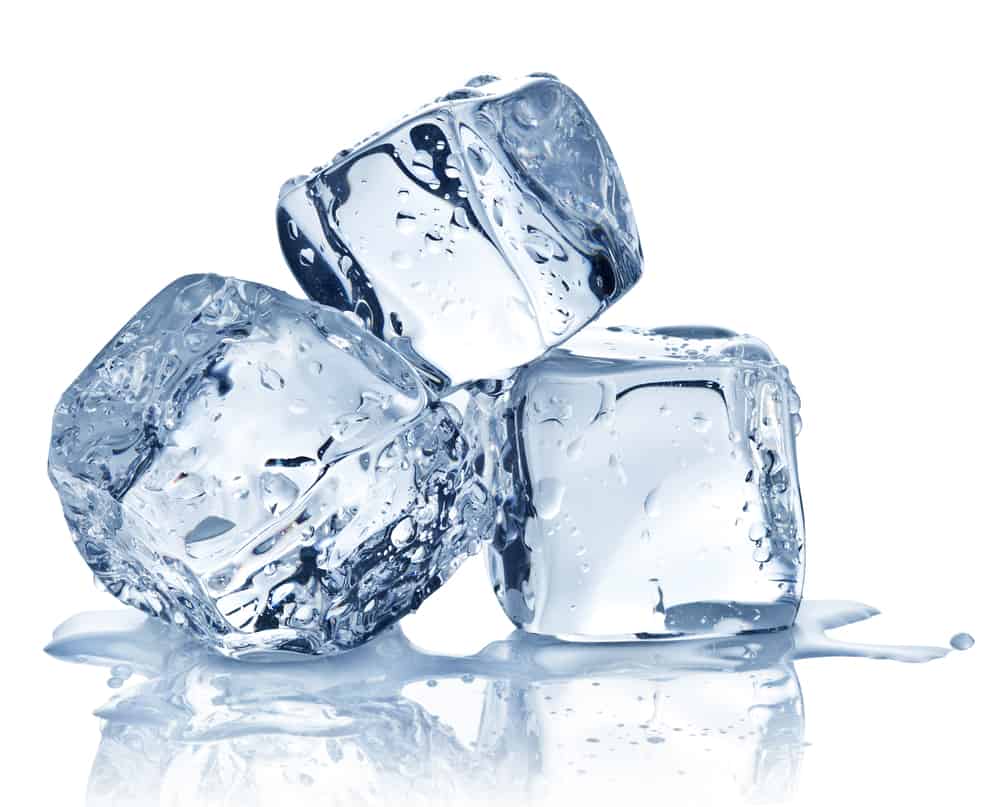
Differentiating between verrucae and corns can prove difficult. A qualified Podiatrist will be able to advise you and in most cases offer a diagnosis and treatment as they are specialists in this area. The clinic offers a wide range of treatments including Low Level Laser Therapy, Cryotherapy (freezing) with two types of cryospray, Topical Chemical Treatments, which will enable better penetration to the infected tissues.
Brand New on the market
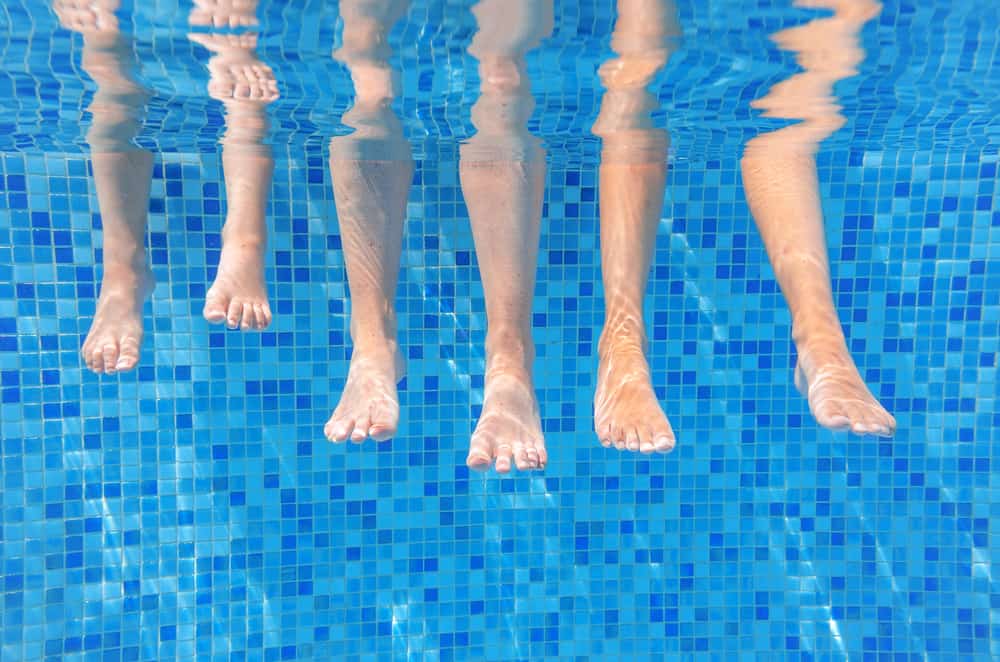
Swift® microwave verruca treatment is the brand new revolutionary therapy for verrucas. Swift® is quick and convenient with no need for acids, drugs, needles, or padding and strapping. Just state-of-the-art technology and over 20 years of experience in providing excellent verruca treatment.
Verrucas are warty growths on the foot caused by a virus, and as such are difficult to treat effectively. Verrucas can be contracted in communal areas, such as swimming pools and changing rooms. They are contagious therefore to reduce the risk of catching them, precautions should be taken. Avoid walking around barefoot in communal areas. Verrucas are one of the most common foot complaints amongst patients in the UK, causing pain, embarrassment and irritation. Notoriously difficult to get rid of, traditional treatments can be painful, invasive and protracted. A revolutionary breakthrough has been made in the treatment of verrucas that offers a faster and more predictable outcome.
Swift® is a brand new technology, developed in the UK, which has been licensed for the general treatment of skin lesions in Podiatry and Dermatology. Microwave energy is delivered through a special probe applied to the skin to treat the affected tissue. Infected tissue can exist several millimetres below the skin and can be difficult to treat using traditional methods resulting in untreated tissue. Using the Swift probe we can deliver a precise dose of energy deep into the affected area. Microwaves travel quickly into the tissue causing localised heating and cell destruction within a pre-determined depth. Seconds later the treatment is complete and the healing cascade begins immediately. Treated tissue is quickly replaced repaired and regenerated.